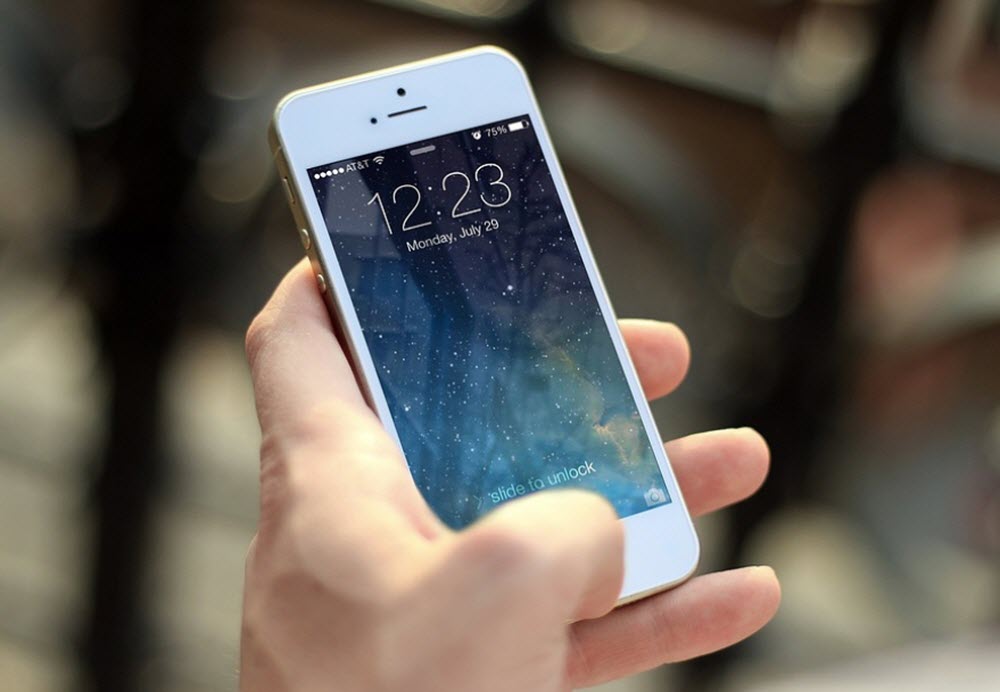Apple, a trailblazer in technology, has once again made its mark with the introduction of Apple Pay. Launched in 2014, Apple Pay has revolutionized the way consumers make transactions. This article provides an in-depth analysis of how Apple Pay functions, its benefits, and its role in transforming the digital wallet landscape.

What is Apple Pay?
Definition and Functionality
Apple Pay is a mobile payment and digital wallet service by Apple Inc. that enables users to make payments in person, in iOS apps, and on the web using Safari. It is compatible with most Apple devices, including iPhone, Apple Watch, iPad, and Mac. Apple Pay supports credit, debit, and prepaid cards from participating banks and card issuers.
Setting Up Apple Pay
To start using Apple Pay, you must have an eligible Apple device, a supported card from a participating bank, and an Apple ID signed in to iCloud. Open the Wallet app on your device and tap the plus sign to add a new card. You can either scan your card using the device’s camera or enter the details manually. After your bank or card issuer verifies your information, you can start using Apple Pay.
The Technology Behind Apple Pay
Near Field Communication (NFC)
One critical technology enabling Apple Pay’s functionality is Near Field Communication (NFC). NFC allows two devices placed within a few centimeters of each other to exchange data. In the case of Apple Pay, this technology enables the transfer of payment information from your device to the merchant’s payment terminal.
Tokenization
Another fundamental technology is tokenization, which enhances the security of transactions. Tokenization replaces the card’s primary account number with a unique alternate code or “token.” This token is then sent over the network, protecting the actual card details from being revealed.
Biometric Authentication
Apple Pay also incorporates biometric authentication to ensure that only the authorized user can make a transaction. Depending on the device, Apple Pay uses Face ID, Touch ID, or a passcode to authenticate a purchase.
Advantages of Using Apple Pay
Speed and Convenience
One of Apple Pay’s primary benefits is its speed and convenience. Users can make a payment with just a tap of their device, eliminating the need to fumble for cash or a card. The checkout process becomes notably quicker, especially for small transactions.
Enhanced Security
As mentioned earlier, Apple Pay uses tokenization, which ensures that your card details are never exposed during the transaction process. Additionally, the necessity of biometric authentication or a passcode adds an extra layer of security.
Integration with Apple Ecosystem
For those already invested in the Apple ecosystem, Apple Pay seamlessly integrates with other Apple services and apps. For example, users can make purchases within apps or websites, or use Apple Pay to send and receive money through messages with Apple Cash.
Apple Pay’s Impact on the Digital Wallet Market
Increased Adoption
Since its inception, Apple Pay has been a significant driving force in the adoption of digital wallets. Its seamless integration and emphasis on security have appealed to users, leading more people to switch from traditional payment methods to digital wallets.
Raising Industry Standards
Apple Pay has also played a role in raising the standards for mobile payment solutions. The integration of advanced technologies such as NFC, tokenization, and biometric authentication has set a precedent for security and convenience, prompting competitors to enhance their offerings.
Expanding Global Footprint
Apple Pay’s expanding globalfootprint is also noteworthy. Initially launched in the United States, Apple Pay has since expanded to numerous countries across the globe. This expansion has not only introduced the convenience of digital wallets to a broader audience but has also shaped the payment infrastructures in various regions. Many countries have adapted their payment systems to be compatible with NFC technology in response to the growing popularity of Apple Pay.
Encouraging Financial Innovation
The advent and success of Apple Pay have encouraged innovation within the financial sector. The fusion of technology with finance, often termed as ‘fintech’, has been significantly influenced by the standards set by Apple Pay. New startups and established financial institutions are consistently exploring ways to integrate technology for more efficient and secure payment solutions.
Potential Challenges and Considerations
Compatibility and Acceptance
Although Apple Pay is widely accepted, there are still some retailers and regions where it is not compatible or accepted. Consumers need to be aware of the limitations regarding where they can use Apple Pay, especially in countries where digital payment solutions are not yet prevalent.
Privacy Concerns
While Apple has taken considerable steps to secure transactions, the centralization of financial information within a digital wallet like Apple Pay raises privacy concerns for some users. As digital wallets store sensitive data, the potential for data breaches, though reduced, still exists.
Dependence on Devices
Relying solely on Apple Pay for transactions also means a dependence on Apple devices. In instances where a device is lost, runs out of battery, or malfunctions, the user may find themselves without a means of payment if they don’t carry physical cards or cash as a backup.
The Future of Apple Pay
As technology continues to evolve, so does Apple Pay. With the advent of technologies like augmented reality, blockchain, and advanced machine learning algorithms, Apple Pay might incorporate these innovations to become even more integrated into the lives of consumers. Furthermore, as the service continues to expand globally, it is likely that Apple Pay will adapt to the specific needs and regulations of different markets, making it a truly global and versatile digital payment solution. The transformation brought about by Apple Pay in the digital wallet landscape is an indication of the evolving nature of consumer transactions, and it seems to be paving the way for the future of payments.
